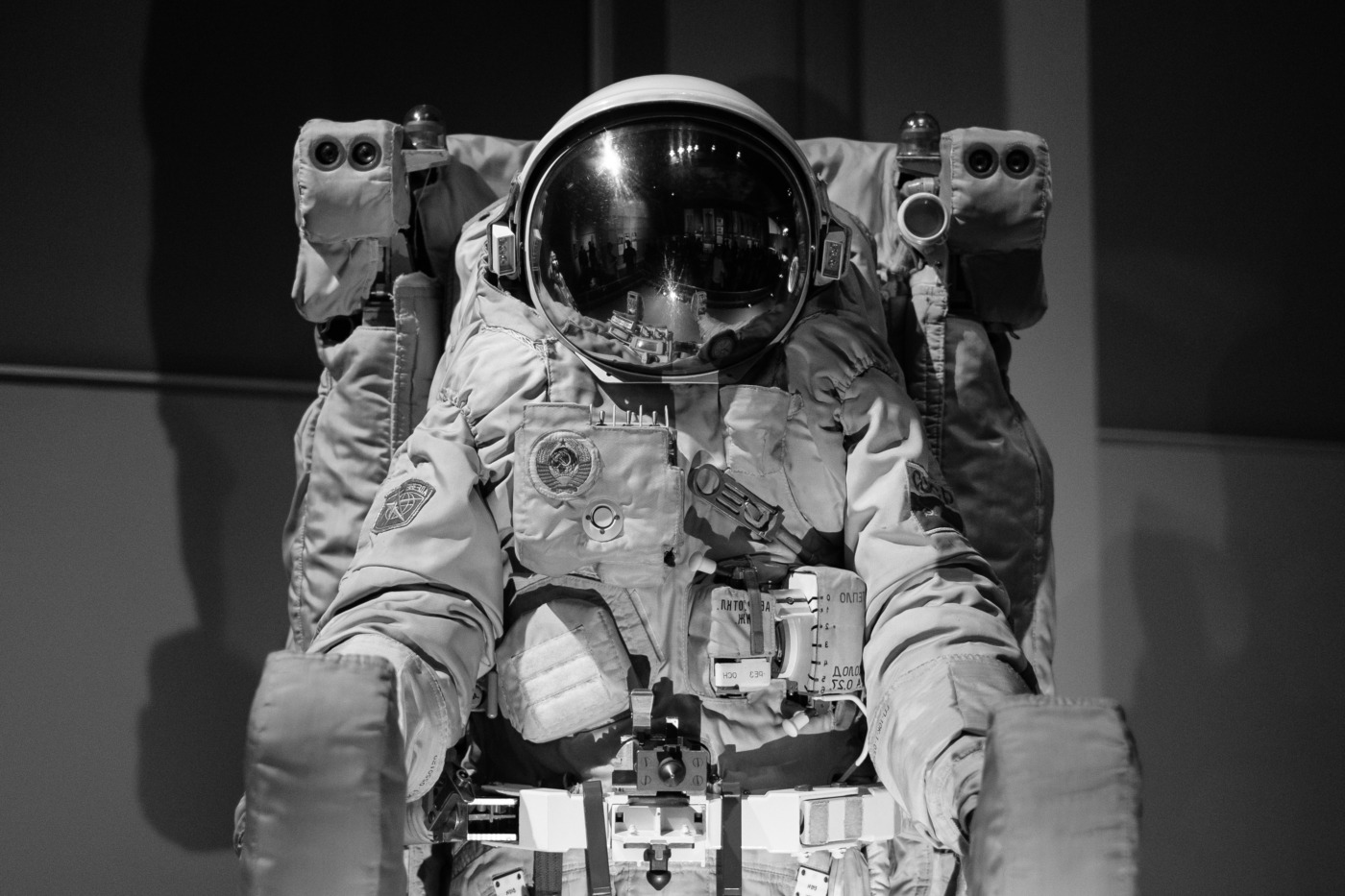Nasa Artemis Programme: Open University collaborates with space agency
This is undoubtedly an exciting time for space exploration. Nasa is gearing up for its next lunar mission, which will be named Artemis. For those who haven’t brushed up on their mythology, Artemis is the Greek goddess of the Moon and Apollo’s twin sister. Vital to Nasa’s programme – which aims to return astronauts to the lunar surface by 2024, including the agency’s first female Moonwalker – are a number of international partners. One of these may be closer to home than you’d think. The Milton Keynes-based Open University (OU) has revealed that it will partner with the Nasa space agency on a Moon mission. This announcement comes ahead of the 50th anniversary of the first Moon landings on 20 July 1969, which was a huge moment in US and world history.
The OU has teamed with the Nasa Goddard Space Flight Centre to develop the Prospect Ion Trap Mass Spectrometer (PITMS). This instrument will work by studying the disturbance of the atmosphere near the Moon’s surface when the landing takes place. Dr Simeon Barber, who is leading the OU’s contribution to PITMS, believes this technology will ultimately help investigate the concept of a natural water cycle on the Moon. Barber commented: “There is increasing evidence from orbiting probes that water may migrate away from equatorial regions, as visited during the Apollo era, driven by extreme day to night temperature cycles until it becomes tightly trapped at permanent cold polar locations.”
Vital to Nasa’s programme – which aims to return astronauts to the lunar surface by 2024, including the agency’s first female Moonwalker – are a number of international partners. One of these may be closer to home than you’d think
“To properly understand the Moon, we need to visit new places, with new scientific tools,” Barber added. “We need to collaborate with partners to obtain the best coverage of the surface, and compare what we find in order to build up a global picture.”
The instrument selected by Nasa is a variant of the OU’s ProSPA mobile laboratory already in development for the European Space Agency and scheduled to land near the Moon’s South Pole on a Russian spacecraft in 2025. In this cold region, the scientists expect to find elevated levels of water ice on or below the surface which could be collected for analysis. The ProSPA is being designed to scout the Moon’s surface and investigate if it is possible to extract oxygen from lunar rocks or dust, something that could help sustain a manned presence on Earth’s satellite.
The instrument selected by Nasa is a variant of the OU’s ProSPA mobile laboratory already in development for the European Space Agency and scheduled to land near the Moon’s South Pole on a Russian spacecraft in 2025
The OU is also a collaborator on two other upcoming lunar projects. The university is developing mobile instruments for LUVMI-X (Lunar Volatiles Mobile Instrumentation), which is designed to explore polar regions of the lunar surface and drive into a Permanently Shadowed Region (PSR). Additionally, Dr Sungwoo, an OU Research Fellow in Space Sciences, has created a bespoke industrial microwave to melt simulants of soil from the Moon to see whether microwave heating is a potential method to fabricate building material on the surface.
Tim Peake, Britain’s first official astronaut, has recently expressed his opinion that it is time for a permanent settlement on the Moon. Major Peake, who lived for six months onboard the International Space Station (ISS), has said that establishing a lunar base would be crucial before planning a manned mission to Mars. “I would like to see crews going off for a six-month stay on the lunar surface, rotating through as a permanent research base, perhaps at the South Pole of the Moon, and using that to learn more about how we can live and work for extended periods of time on another celestial body before going off to Mars.” Major Peak also believes that establishing a colony on the Moon could provide a crucial lifeboat in case of catastrophe on Earth: “Who knows what direction our planet is going to take and who knows what catastrophes may occur on Earth and if we want to survive as a species then obviously it stands to reason that you stand a better chance if you can diversify your habitat by occupying and colonising another planet.”
The university is developing mobile instruments for LUVMI-X (Lunar Volatiles Mobile Instrumentation), which is designed to explore polar regions of the lunar surface and drive into a Permanently Shadowed Region (PSR)
Research such as that carried out by the OU will be crucial if we are to see humans going to the Moon for extended periods of time in the not too distant future. The instruments which they develop will allow scientists to explore all that the lunar surface has to offer – such as water ice at the South Pole of the Moon which could potentially be used for crew survivability and also for rocket fuel. OU academics are ultimately helping pave the way for the colonisation of the Moon and perhaps even sending a man to the Red Planet.

Comments